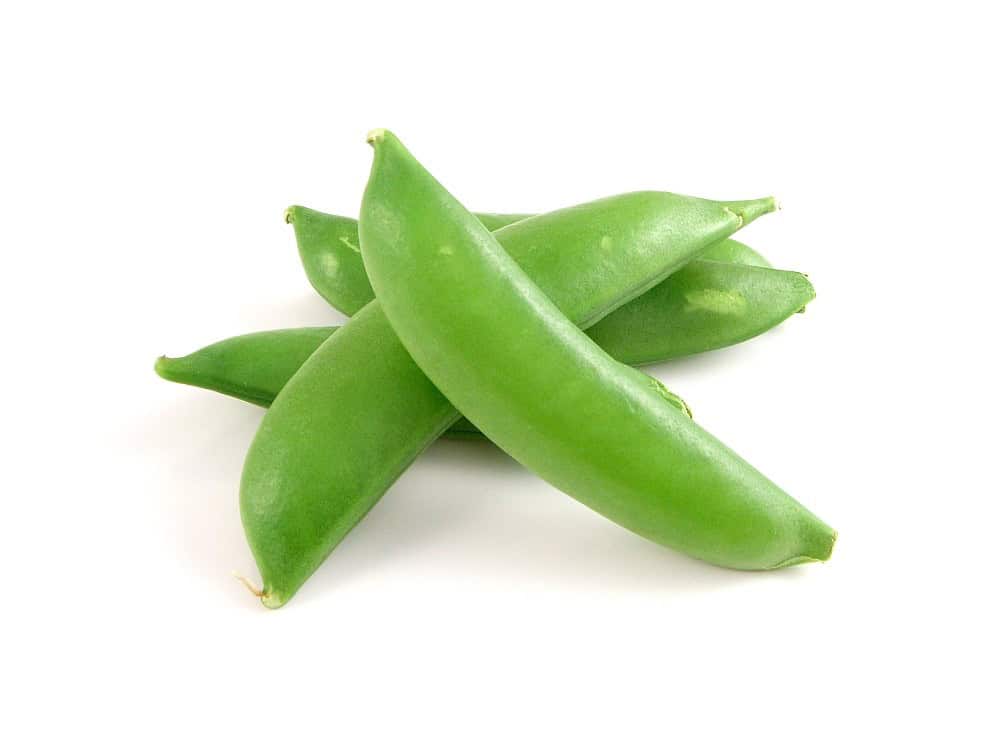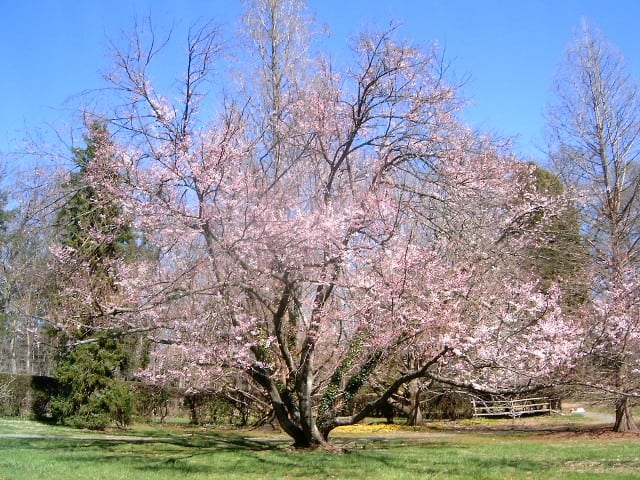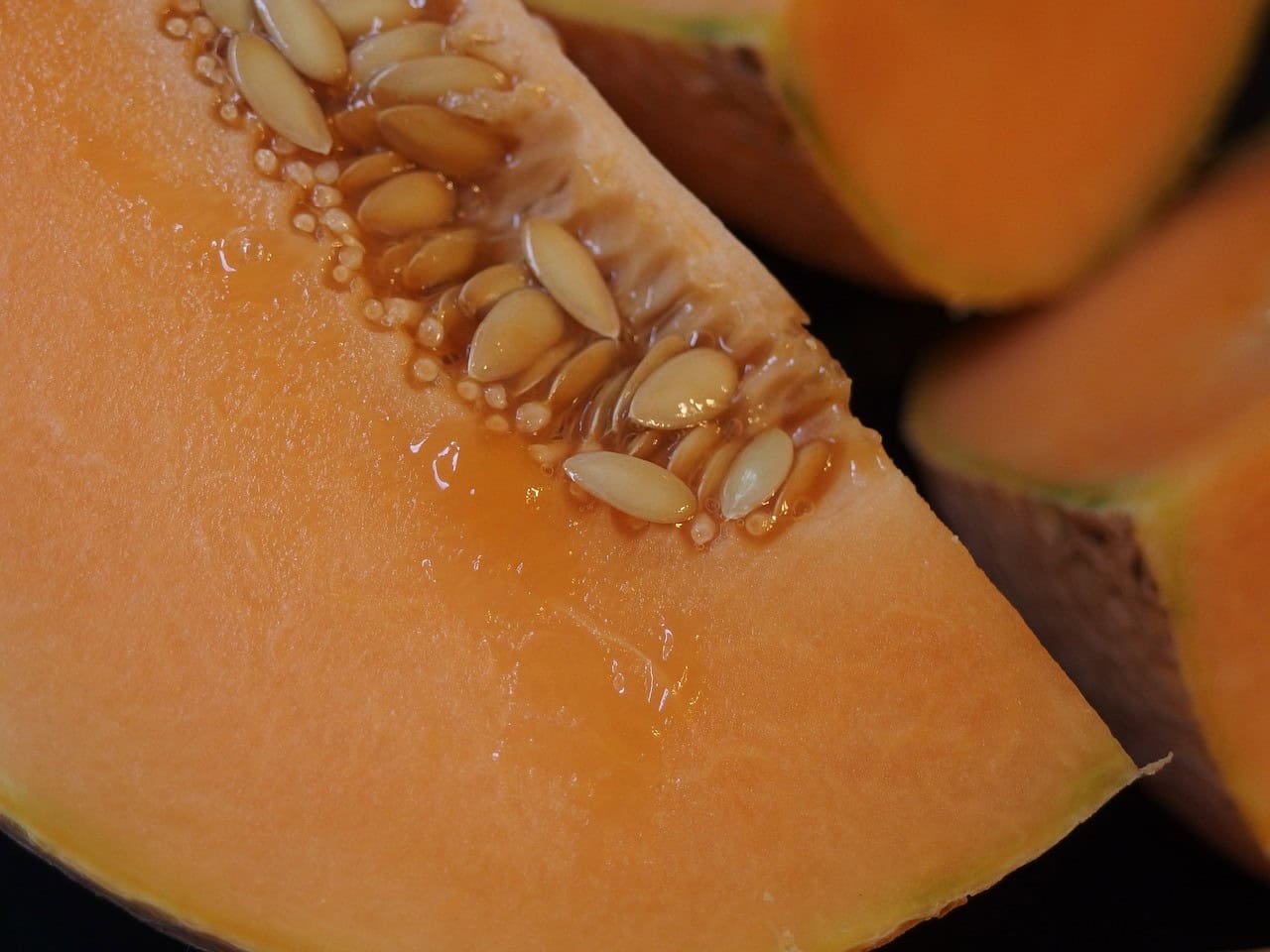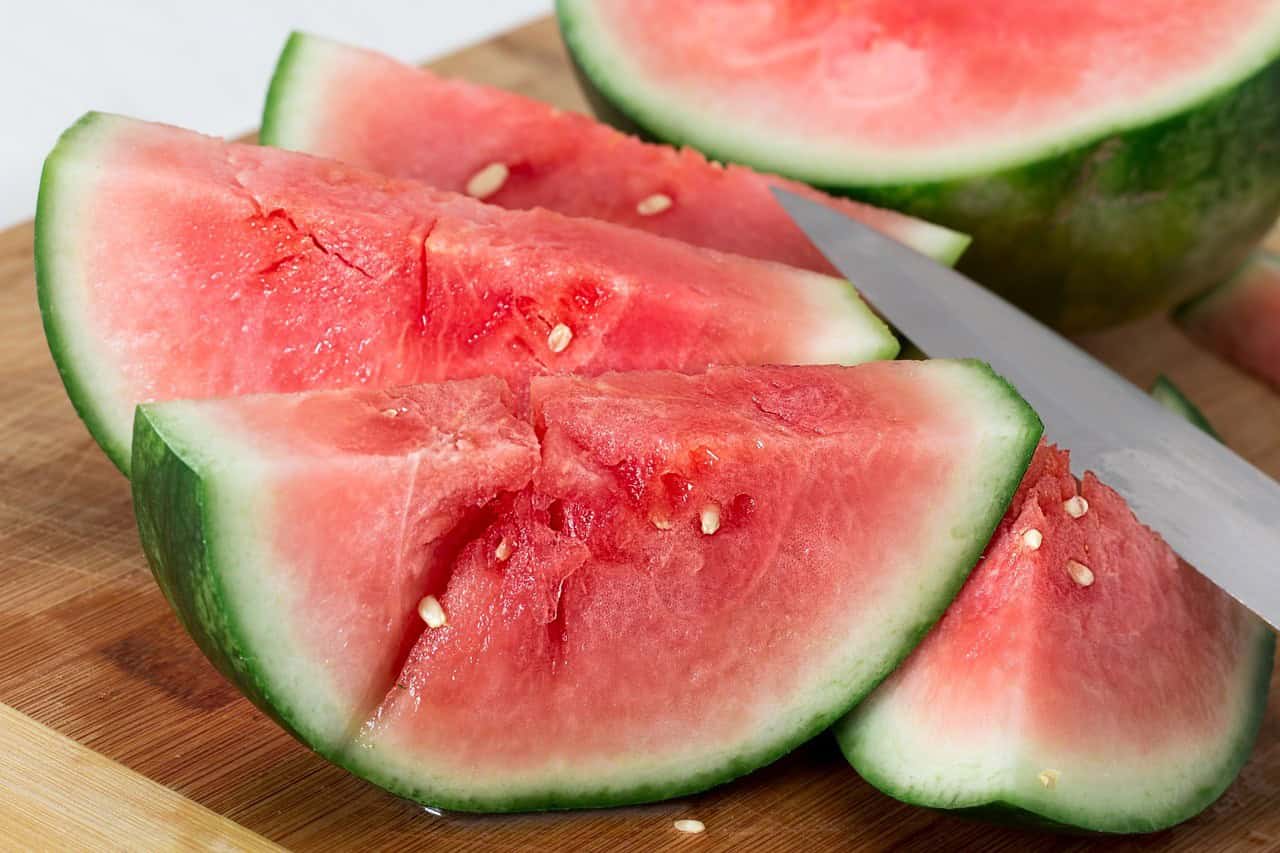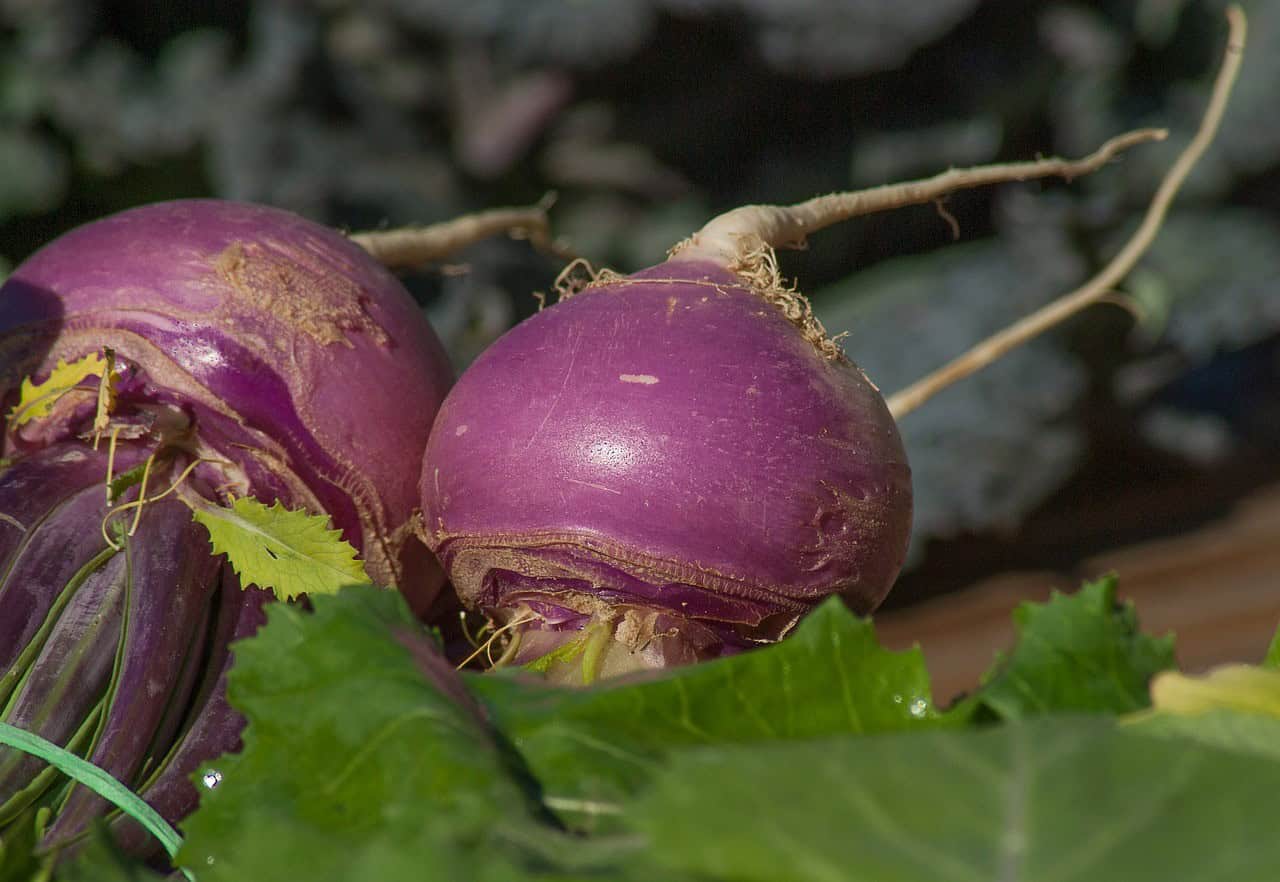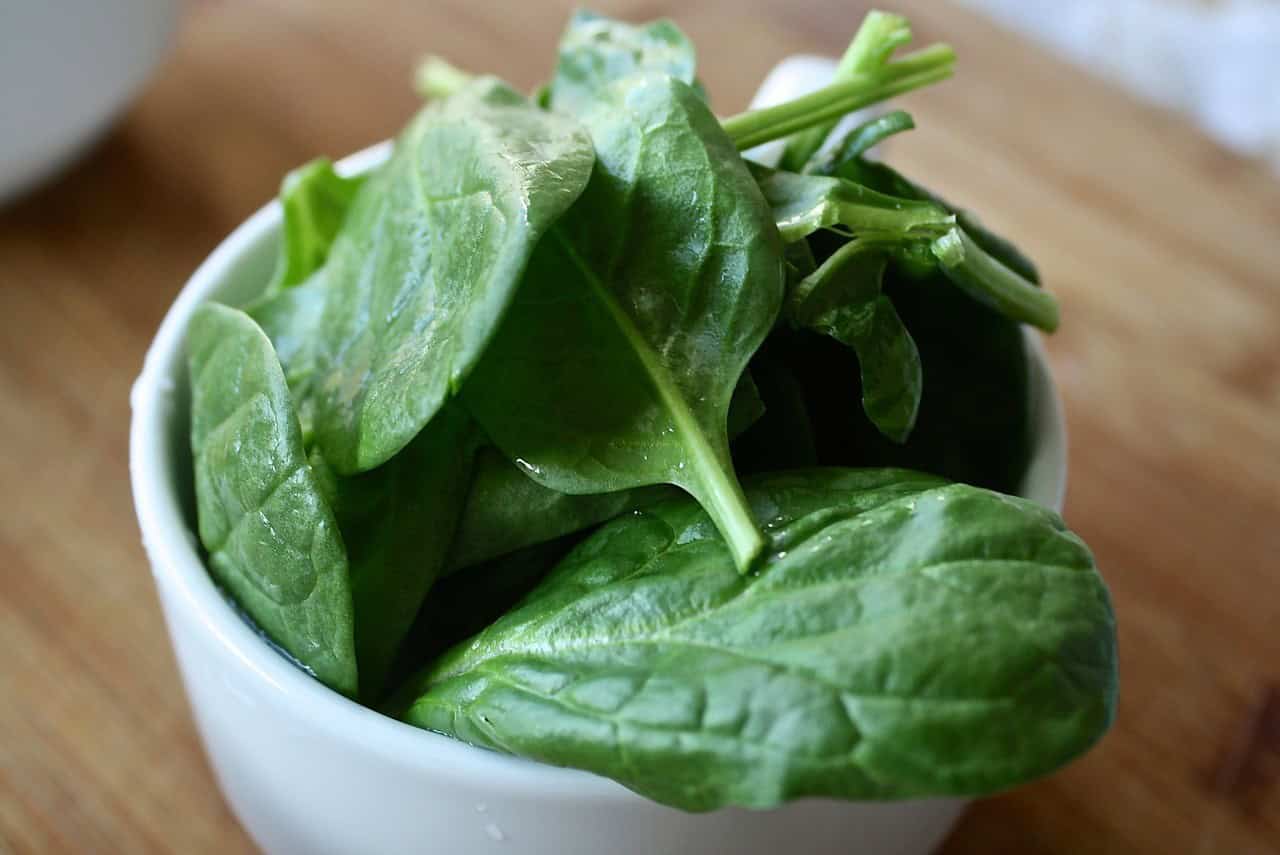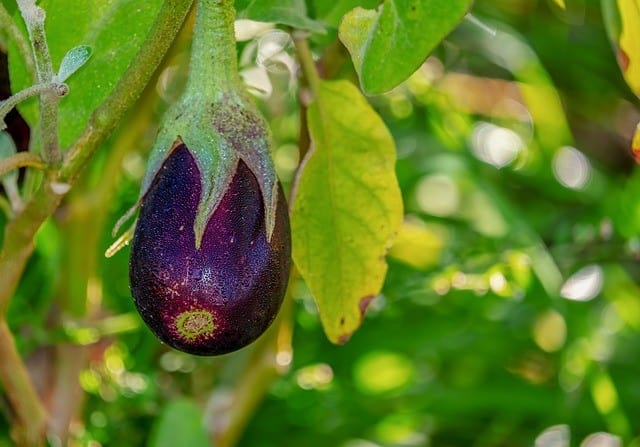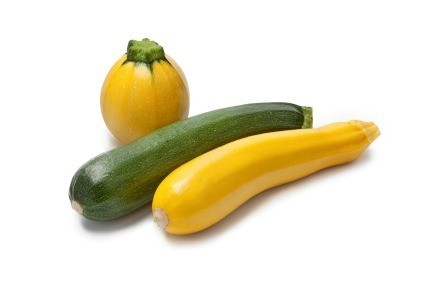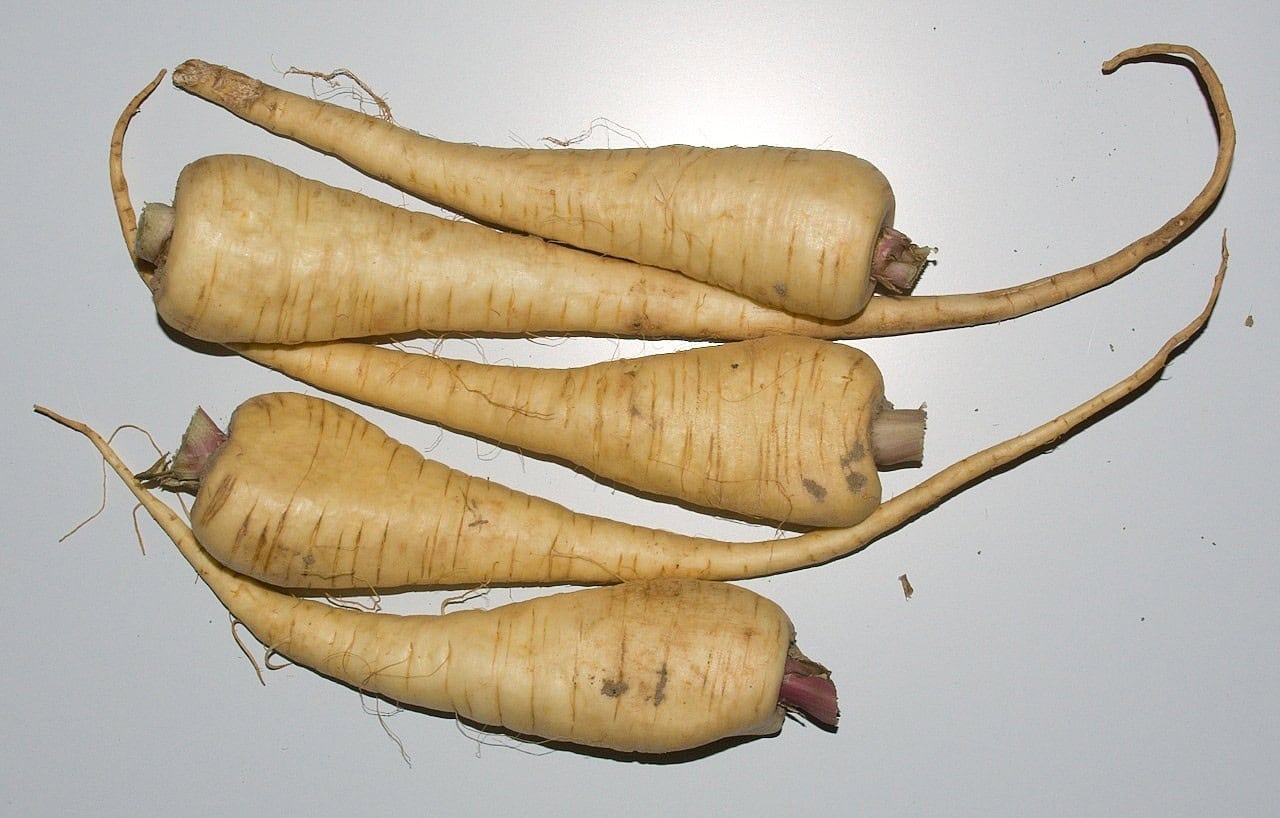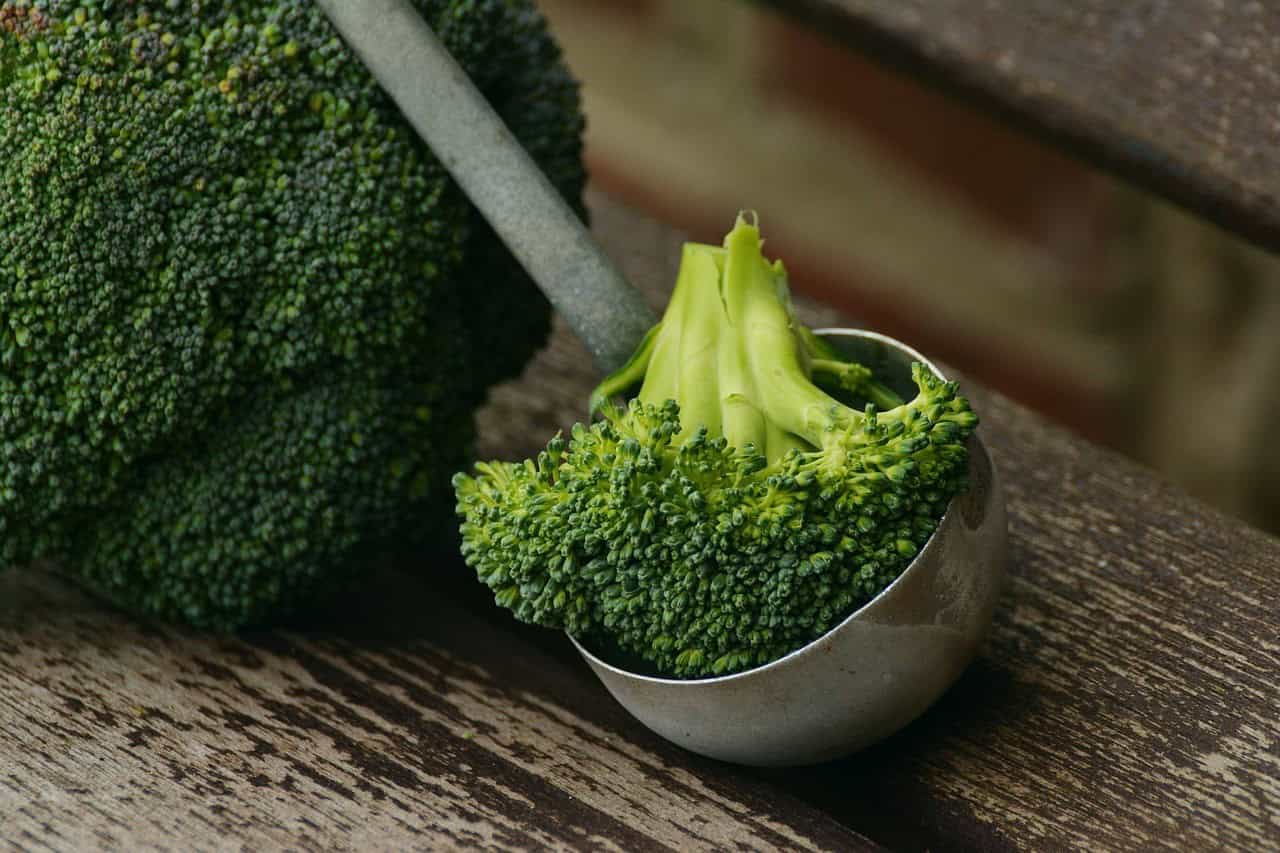Planning a garden in planting zone four can be a daunting task, especially when trying to decide which fruits and vegetables to plant. If uncertainty is holding you back from making a decision, don’t worry – we’ve got you covered. As it happens, this region has its own set of ideal crops that thrive under the specific climate conditions.
In this article, we’ll provide you with a comprehensive list of fruits and veggies that perform exceptionally well in planting zone four, along with some fundamental gardening tips to boost your chances of success. If you’re eager to learn what will grow well in your area and how to coax your plants into their full potential, keep reading for the essential information you need.
Zone Four Gardening Tips
When gardening in USDA Hardiness Zone 4, it’s crucial to extend the growing season beyond mere fertilizing and watering skills. The shorter growing season means you need to find creative ways to give your fruits and vegetables the time they require to produce. Two innovative options to consider are constructing a greenhouse or utilizing raised garden beds.
A cold-frame style greenhouse allows for early planting and frost protection, while a heated greenhouse enables year-round production of certain vegetables. For dwarf fruit trees, container gardening with a movable heated greenhouse can be an ideal solution. Raised bed gardens thaw faster than surrounding soil, making them easier to work with and reducing strain on your back. Moreover, they provide a smaller area for amending soil and thawing, making the process more manageable.
Regardless of your chosen method, remember to plant north-to-south or south-to-north to maximize sunlight exposure during the day. This is particularly important in colder climates where sunlight is scarce. Finally, regardless of whether you use a greenhouse or not, starting seeds indoors gives them a head start by allowing time for germination and sprouting before planting. This can result in a month or more of grow-time, which won’t need to be factored into outdoor calculations.
Fruits and Vegetables to Grow in Zone Four
In zone four, gardeners can expect a diverse range of fruits and vegetables to thrive throughout the growing season. Among these, several varieties stand out for their adaptability and productivity. For instance, the following crops are well-suited for cultivation in this region:
Cherries
When it comes to adding a touch of elegance to your outdoor space, few trees can rival the beauty of a cherry tree. Not only do they provide stunning visuals with their vibrant flowers and lush greenery, but they also offer the added bonus of producing luscious cherries perfect for indulging in sweet treats like homemade jam or pie, or simply savoring as a tasty snack.
Apples
With our yard boasting multiple apple trees, we’ve not only added a touch of natural beauty to our landscape but also reaped the rewards of an abundant harvest. For those who savor the sweetness of fresh apples, homemade apple pies, or a crunchy snack in the afternoon, cultivating your own apple trees can be a delight.
However, it’s essential to keep in mind that these trees typically take around three to five years to mature and begin producing fruit, requiring patience but yielding a bounty of delicious treats.
Blueberries
As we settled into our new home, we were thrilled to discover an array of established blueberry bushes in our side yard. Not only do they add a pop of vibrancy to the landscape, but they also yield a generous harvest. While harvesting blueberries can be a time-consuming process during peak season, it’s a problem we gladly accept. For those who share our enthusiasm for sweet treats like blueberry syrup or fresh blueberry pie, growing your own blueberries can be a rewarding experience.
Cantaloupe
When cultivating cantaloupe, it’s essential to recognize that these delicious melons are comprised of a significant amount of water. As such, providing adequate hydration and care can significantly impact the size of the fruits you’ll harvest. In fact, the more attention and moisture you give your plants, the larger the cantaloupes will grow. Another crucial factor to consider is the vine-like nature of cantaloupe production.
If you’re growing them in a raised bed, it’s vital to provide structural support to keep the vines from becoming too unruly. A trellis or other containment system can help maintain a tidy and manageable garden, ensuring your cantaloupes receive the necessary care and attention.
Grapes
Our property boasts a stunning vineyard, boasting a diverse selection of grape varieties. While it takes a few years for the grapes to mature and produce fruit, they’re surprisingly low-maintenance plants. The best part? They can be used to create an array of delectable products, including wine, grape juice, and jelly. If you’re a fan of any of these treats, you may find cultivating your own grapevines to be a rewarding experience.
Pears
For those seeking alternative edible landscaping ideas, consider cultivating a pear tree. While there exist multiple varieties of pears, it’s essential to note that some are purely ornamental, whereas others are indeed edible. To ensure the best results, conduct thorough research on any prospective pear tree variety before making a purchase. Additionally, keep in mind that pear trees typically require time to mature and begin producing fruit.
Plums
I’m thrilled to share that I have a pair of plum trees thriving in my front yard. These charming little trees yield a bountiful harvest, and I just can’t get enough of the sweet treats they provide. For those who, like me, adore plums as a snack or for cooking up delicious puddings, jams, or jellies, growing your own plum tree might be an enticing prospect.
Raspberries
Raspberries often take a backseat when cultivating a berry patch, largely due to their tart flavor profile compared to other popular varieties. Nonetheless, if you’re willing to trade sweetness for a burst of tanginess, growing raspberries in Zone 4 could be an excellent choice.
Strawberries
For those seeking a resilient fruit that will thrive year after year, strawberries are an excellent choice. With their adaptability to containers, in-ground cultivation, or even raised beds, this versatile fruit can be grown in various settings. When opting for perennial varieties and providing protection with mulch at the end of each season, you’ll be rewarded with a bounty of fresh strawberries waiting for you after the spring thaw.
Watermelons
When working with limited space, watermelons might not be the most practical choice. However, if you have an area of your yard that you’d prefer to leave unmowed this summer, consider planting watermelons and allowing them to spread out. As a vining crop, they naturally tend to sprawl, covering more ground than other options. For those with limited space constraints, it’s worth noting that smaller varieties of watermelon do exist.
These compact cultivars can thrive in raised beds equipped with trellises, but will still occupy some square footage.
Turnips
Turnips possess a unique flavor profile that tends to evoke strong opinions – people either adore their distinct taste or despise it. As an avid gardener, I’ve found growing turnips to be a rewarding experience, regardless of whether you’re interested in the root vegetable itself or its nutritious greens. For my part, I’m particularly fond of the leaves, which makes for a great addition to many recipes.
Once harvested, I preserve a substantial portion of these greens and use them as a valuable feed supplement for my backyard chickens.
Corn
While it’s true that growing corn often requires a significant amount of space, there are ways to make it work even if you have limited room. If you’re looking to preserve a large harvest, having ample space can be beneficial. On the other hand, if your goal is simply to enjoy a few ears of fresh corn during the warmer months, you can successfully grow it in containers.
This method could be particularly well-suited for gardeners with larger greenhouses in zone four or those who want to add some corn to their small container gardens.
Chives
Chives have earned a special place in my heart due to their remarkable hardiness. For those who enjoy using them as a garnish to elevate soups and other dishes, cultivating chives is a must-consider endeavor.
In my experience, when properly mulched, chives return with abundance come springtime. Failing that, they thrive equally well in containers, allowing for flexible placement to safeguard against inclement weather.
Pumpkins
Growing pumpkins is an enjoyable hobby that offers numerous benefits. Not only do they provide a versatile ingredient for making delicious treats like pumpkin puree and pie, but they also offer a creative outlet for fall decorations and festive activities. With a little creativity, you can craft your own unique Jack-o-lanterns or even sell them to add some extra income to the season. The possibilities are endless, making pumpkins a wonderful addition to any fall garden or yard.
Spinach
If you’re living in an area with cold winters, you might not think of spinach as a priority for your garden. However, spinach is surprisingly resilient and deserves consideration for its importance. Its hardiness makes it an excellent addition to any garden, whether you choose to grow it in a greenhouse, directly in the soil, or in containers. In fact, spinach is quite versatile, allowing you to cultivate it in multiple environments.
Tomatoes
Despite being commonly associated with warmer climates, there’s no reason why you can’t grow tomatoes in colder regions. With a little planning and preparation, you can successfully cultivate them indoors from seed and then transfer them to your outdoor garden once they’re mature. Just be prepared for the possibility of cold snaps, which can damage or kill your tomato plants if not properly protected.
In such cases, having a greenhouse or row cover on hand can be a lifesaver, allowing you to quickly shield your plants from frost and keep them thriving.
Peppers
When it comes to growing peppers in a cooler climate, many gardeners follow a similar thought process as they do with tomatoes. The key is to start pepper seeds indoors several months ahead of planting time. This allows the young plants to develop strong enough to thrive before the first frost arrives, resulting in an abundant harvest.
Eggplant
Eggplant thrives in harmony with its fellow warm-season companions, tomatoes and peppers. As they share similar growing requirements, it’s essential to start their seeds indoors a few months prior to the last expected frost date. This allows for a head start on the growing season, ensuring a bountiful harvest once the threat of frost has passed. With the frost danger lifted, you can confidently transplant them into their outdoor beds, setting the stage for a fruitful and vibrant growth.
Garlic
If you’re fortunate enough to have a small raised bed at your disposal, consider dedicating it to cultivating garlic. With minimal maintenance required, this aromatic bulb will reward you with a bountiful harvest that can be stored and utilized throughout the year. In fact, garlic is surprisingly easy to grow, as it tends to thrive when left undisturbed.
Provided your soil has thawed sufficiently and boasts the necessary nutrients for growth, you’ll be well on your way to reaping a delectable yield.
Radishes
Radishes offer a unique advantage when it comes to growing in cooler climates. As a root vegetable, their underground habit allows them to thrive despite the elements above ground. What’s more, they have an incredibly fast turnaround time – from seed to harvest, radishes can be ready in just 45 days. This rapid maturation makes them an ideal choice for container gardens or greenhouses, where precise temperature and moisture control can further optimize their growth.
Arugula
I’ll never forget the first time I inadvertently planted arugula – it was a happy accident that marked the beginning of my love affair with this delightful leafy green. What struck me about arugula is its ease of growth, robustness, and unique peppery flavor profile, which elevates any salad to new heights.
Celery
For those residing in colder climates, the prospect of growing celery is often less daunting compared to those in warmer regions. This is because celery typically thrives in cooler temperatures and can be more challenging to cultivate in areas where temperatures consistently rise above a certain threshold. As such, if you’re lucky enough to live in a region with cold winters, you may find that your chances of success in growing celery are higher than those in warmer climates.
Zucchini
Zucchini and squash are two of my favorite vegetables to grow, and it’s easy to see why. With just one or two plants, you can reap an abundant harvest that will keep on giving – literally! They’re also incredibly hardy, making them perfect for a beginner gardener. And the best part? You can easily move them around in containers, which is ideal for greenhouse gardening. Whether you’re looking to feed your family or share with friends, these versatile veggies are definitely worth considering.
Potatoes
In regions with colder climates, underground-grown vegetables offer an attractive option. Shielded from harsh conditions by the soil’s insulation, they thrive in this environment. For Zone Four, consider planting potatoes, which can be started with just a few seed potatoes and yield a bountiful harvest. This surplus can be easily stored in a root cellar or makeshift storage space, making it a practical choice for cold-climate gardeners.
Sweet Potatoes
One of the best aspects of cultivating your own produce is having complete control over what you grow and for which reasons. Among the numerous benefits, sweet potatoes stand out as an excellent choice. Not only do they provide a rich source of vitamins and essential nutrients that your body will appreciate, but they’re also incredibly flavorful.
Carrots
Carrots are an excellent choice for cold-climate gardening, as they can thrive under the right conditions. Not only can they be grown in raised beds and container gardens, but they can also be overwintered in the garden by covering them with mulch and protecting them with soil. Additionally, carrots can be harvested and stored in a root cellar, making them a great option for preserving fresh produce.
Whether you’re starting from scratch or looking to add some variety to your existing garden, carrots are definitely worth considering.
Parsnips
Parsnips share a common heritage with carrots, making them an excellent choice for zone four gardening. As a result, they thrive in containers or raised beds, where their root system is sheltered by soil and protected from extreme temperatures. Moreover, parsnips can be successfully overwintered in your garden, provided you provide a sufficient layer of mulch to insulate the soil and preserve the cold hardiness of this versatile vegetable.
Onions
For a stress-free gardening experience, consider cultivating onions beneath your feet. These versatile veggies can be started from seed and transplanted into workable soil after the last frost. With proper care, including fertilization as needed, you’ll be enjoying fresh onion harvests in no time. What’s more, they’re easy to store for later use, making them a convenient addition to your garden.
Cabbage
Looking for a vegetable that’s as adaptable as it is delicious? Look no further than cabbage. This cool-season crop excels in cooler weather, making it less susceptible to pesky pests. And the best part? Its uses extend far beyond the garden. Enjoy it shredded and raw in a refreshing coleslaw, cooked into hearty recipes, or fermented to create tangy sauerkraut – the possibilities are endless!
Broccoli
Broccoli is another cool-season crop that thrives in cold weather. A key consideration when growing broccoli is that you need to plant a sufficient quantity to yield a substantial harvest. While there are various parts of the broccoli head that can be harvested, it’s essential to note that achieving a decent return on your effort requires a considerable amount of labor for what may seem like a modest reward.
Brussels Sprouts
While the thought of Brussels sprouts may conjure up images of mushy, overcooked vegetables that kids turn up their noses at, there’s actually a world of delicious possibilities when it comes to cooking with these nutritious greens. Not only are they a great way to add some much-needed color and texture to a winter meal, but they’re also surprisingly versatile, with a range of recipes that showcase their unique flavor and texture.
And let’s not forget, Brussels sprouts are a cold-hardy crop, making them well-suited to zone four gardens, where they can thrive in the chilly temperatures and shorter growing season.
Beets
While opinions about beets are as divided as those on turnips, my husband is an unapologetic fan of pickled beets. I’m happy to accommodate his taste, not only because they’re a cinch to cultivate, but also due to their impressive resilience in cold temperatures. As a root vegetable, beets thrive when shielded by the earth around them, making them an attractive option for gardeners seeking a low-maintenance crop.
Beans
Raising beans is an enjoyable experience for many gardeners. One of the benefits of cultivating these legumes is their ability to thrive in cooler temperatures. In fact, with just a few plants, you can expect a bountiful harvest. The versatility of beans also makes them suitable for various gardening setups, including traditional gardens, container gardens, and raised bed gardens.
Regardless of which method you choose, growing a small number of bean plants can yield a quality harvest, making them an excellent addition to any garden.
Peas
While fresh peas are undoubtedly tasty, their cultivation shares some similarities with broccoli. To reap a satisfying yield, you’ll need to sow a substantial quantity. That being said, if you’re still eager to grow these sweet treats, know that they thrive in chilly climates and demand a moderate amount of space.
Cucumbers
For those who savor the taste and crunch of cucumbers in salads, sandwiches, or as a tangy snack, growing your own is an enticing prospect. With a multitude of options suitable for gardens of all sizes, and the ability to yield a plentiful harvest from just a few plants, it’s little wonder why many enthusiasts opt to cultivate their own cucumbers.
Asparagus
In Zone 4, another vegetable that thrives is asparagus. While it may take some time before you start harvesting, this perennial crop can become a staple in your garden. With proper care, you can create asparagus beds and enjoy a bountiful harvest for years to come. Not only is asparagus easy to grow, but it’s also nutritious and a great addition to many dishes.
By incorporating these zone-specific vegetables into your garden, you’ll have a diverse selection of perennials that will require minimal upkeep and continue to produce year after year. With the right tips and techniques, you can enjoy a thriving garden in Zone 4, where the unique climate allows for a variety of plants to flourish.
